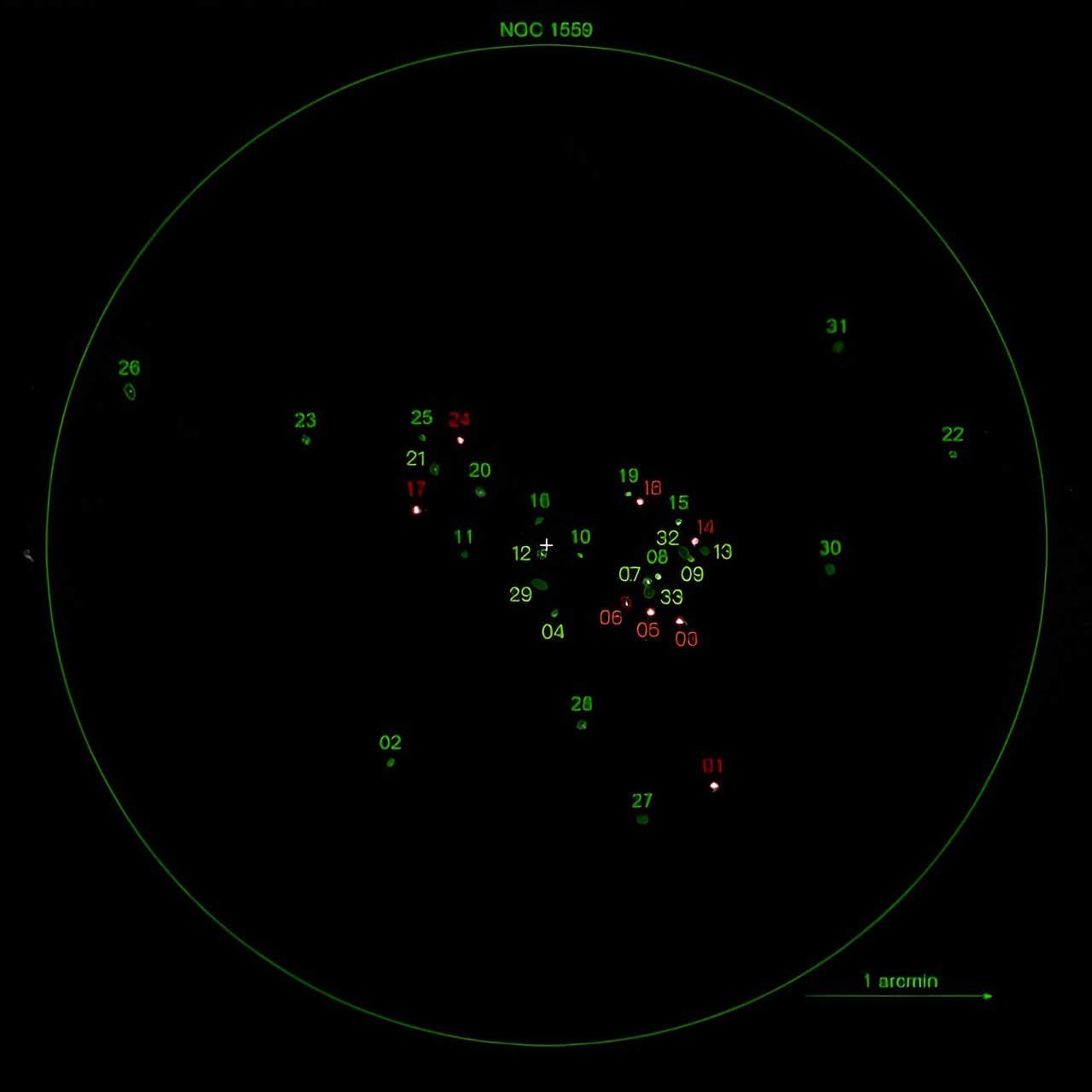Astronomers from Taiwan have performed X-ray observations of the galaxy NGC 1559 using NASA’s Chandra spacecraft. They detected eight new ultraluminous X-ray sources in this galaxy. The finding is reported in a paper published August 10 on the pre-print server arXiv.
Ultraluminous X-ray sources (ULXs) are point sources in the sky that are so bright in X-rays that each emits more radiation than 1 million suns emit at all wavelengths. They are less luminous than active galactic nuclei (AGN), but more consistently luminous than any known stellar process. Although numerous studies of ULXs have been conducted, the basic nature of these sources still remains unsolved.
At a distance of some 41 million light years, NGC 1559 is a barred spiral galaxy in the constellation Reticulum. Despite its fragmented morphology, the spiral arms of NGC 1559 are relatively massive with a high star-formation rate. The galaxy is also known for hosting at least four supernovae in the last 40 years.
A team of astronomers led by Chen-Hsun Ma of the National Cheng Kung University in Taiwan, has investigated NGC 1559 with Chandra’s Advanced CCD Imaging Spectrometer (ACIS), focusing on bright X-ray point sources. The observations resulted in the identification of 33 X-ray point sources, out of which eight turned out to be new ULXs.
“We report a study of the X-ray population in NGC 1559 using the Chandra/ACIS observation taken in 2016. 33 X-ray point sources were detected. Among these, there are eight ULXs with X-ray luminosities higher than 1039 erg/s,” the researchers wrote in the paper.
2023-08-23 08:00:04
Article from phys.org




















